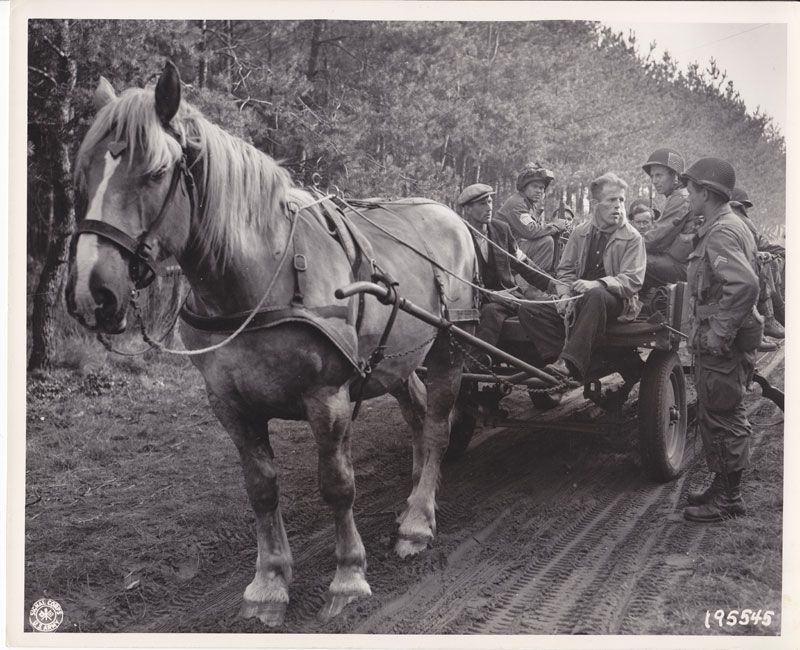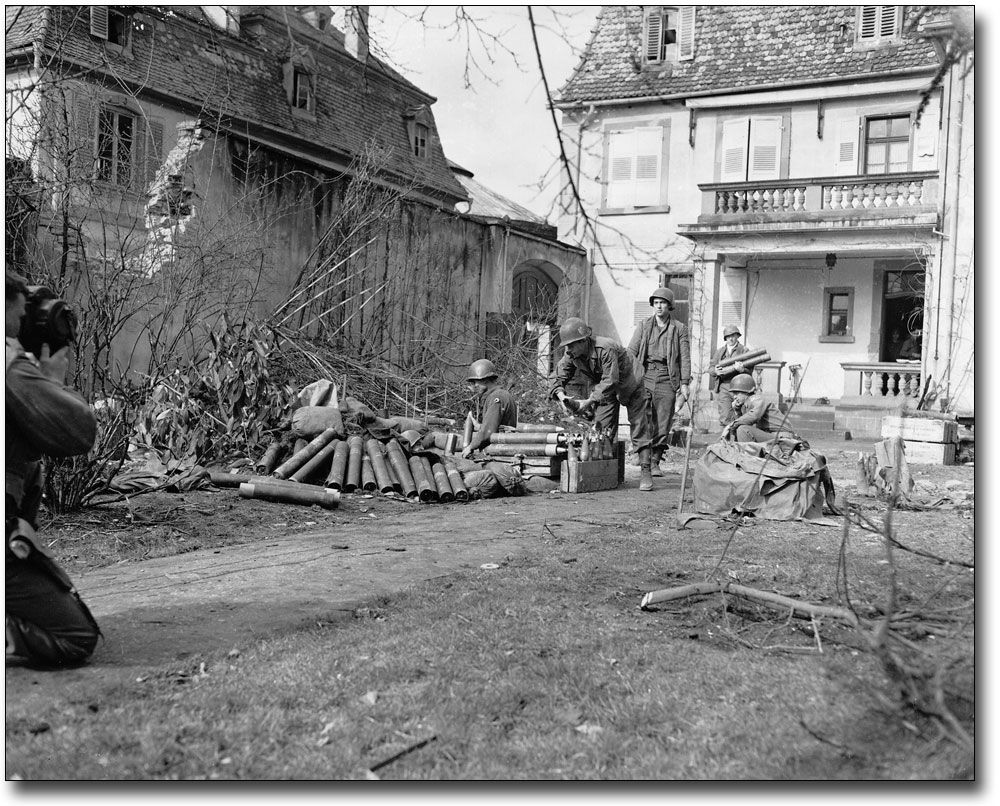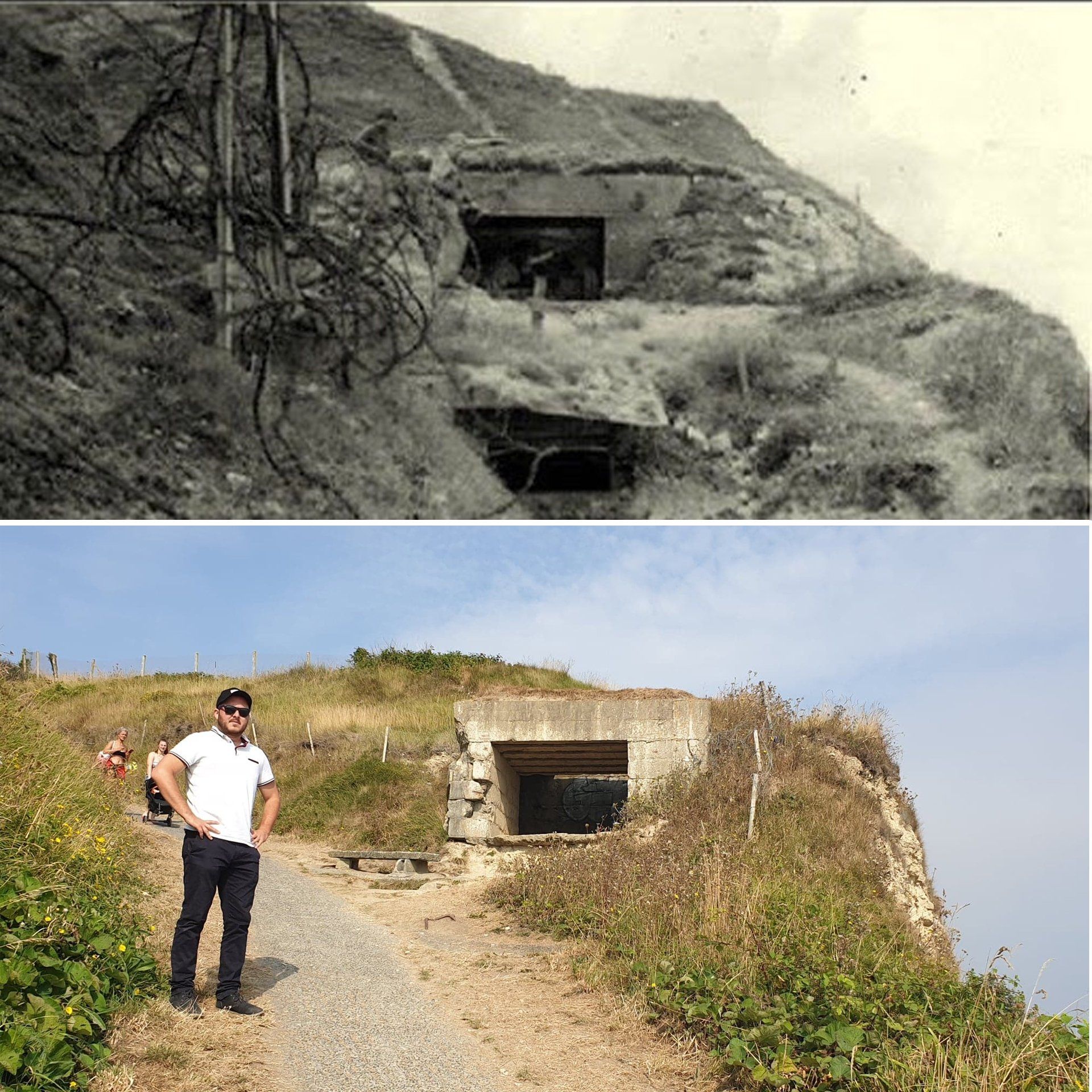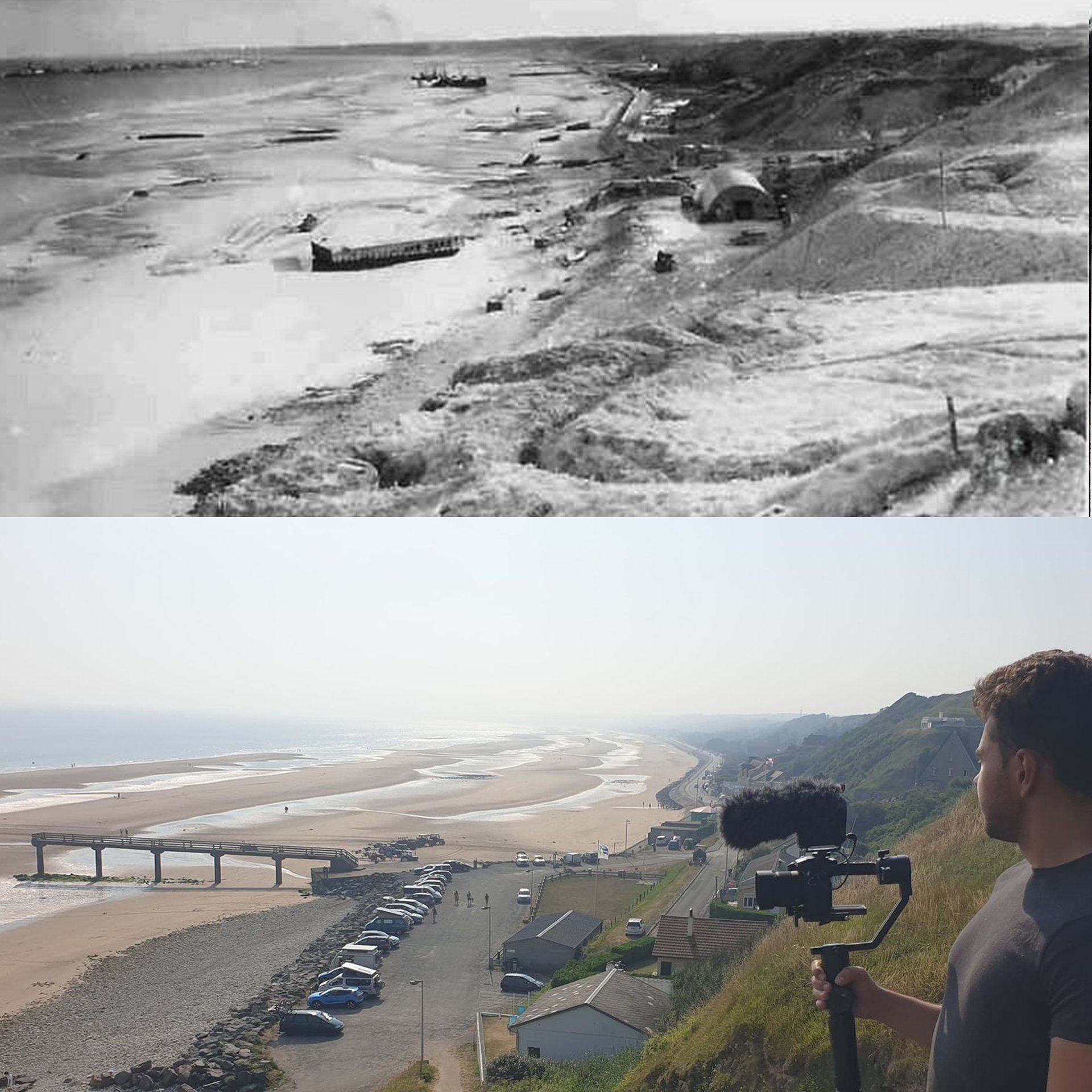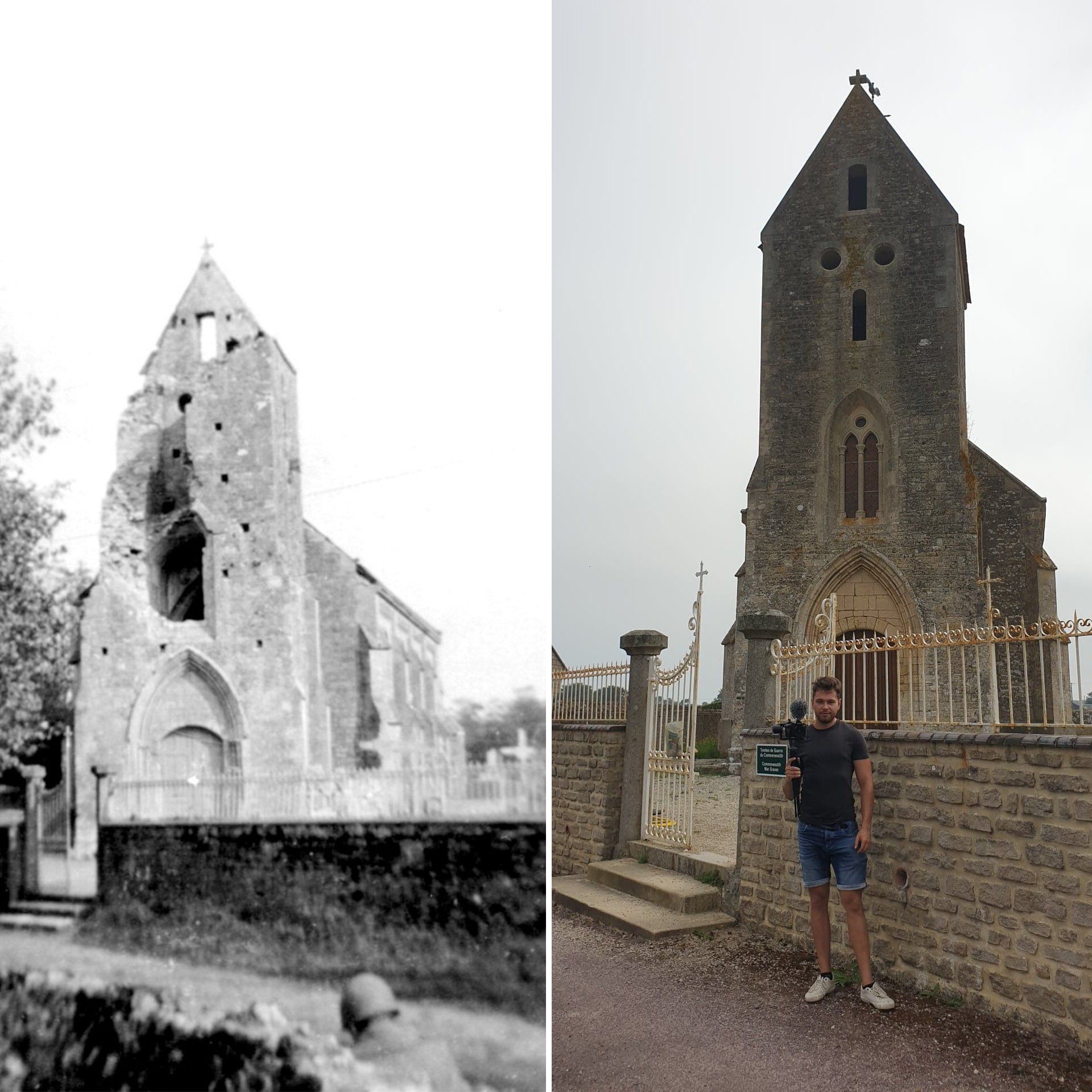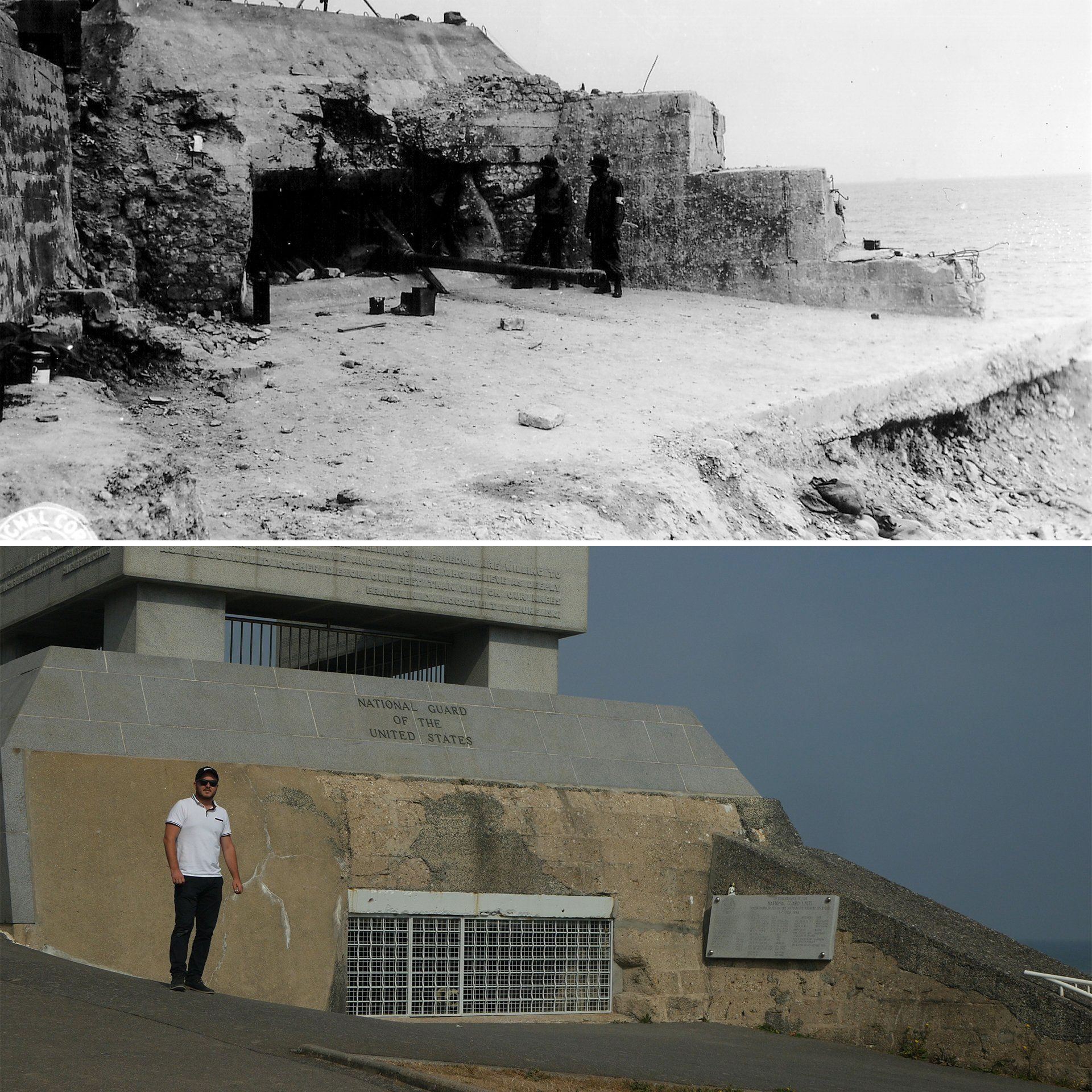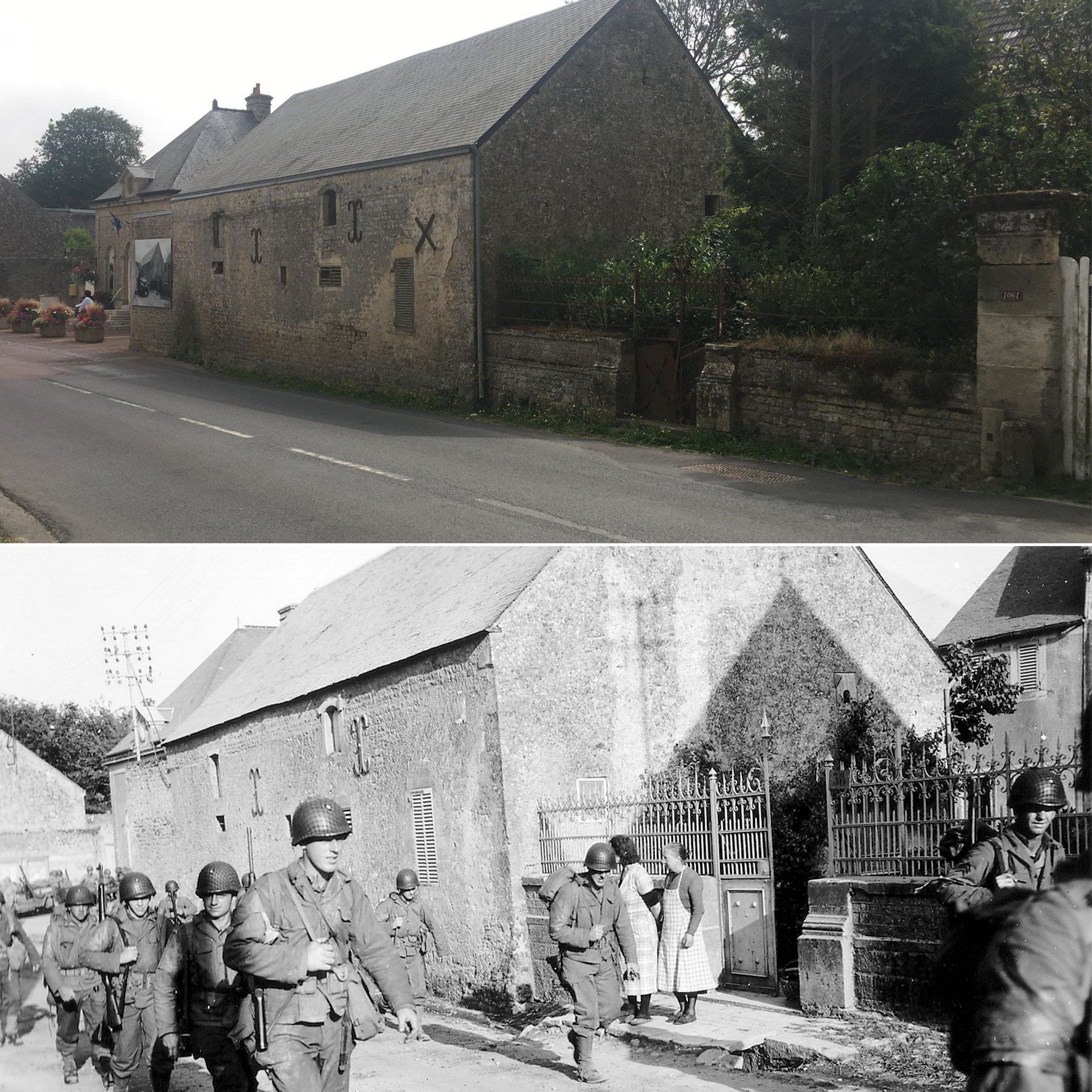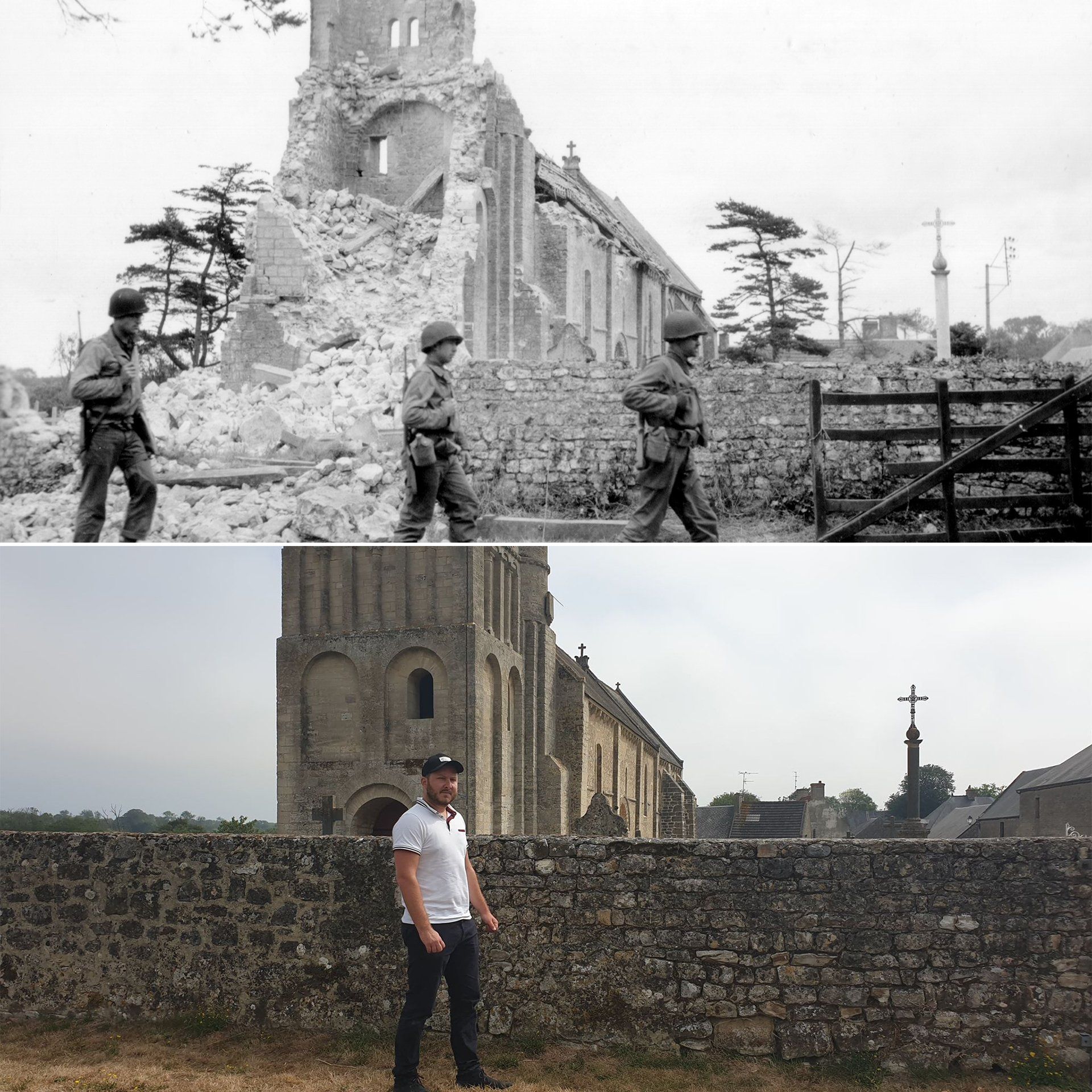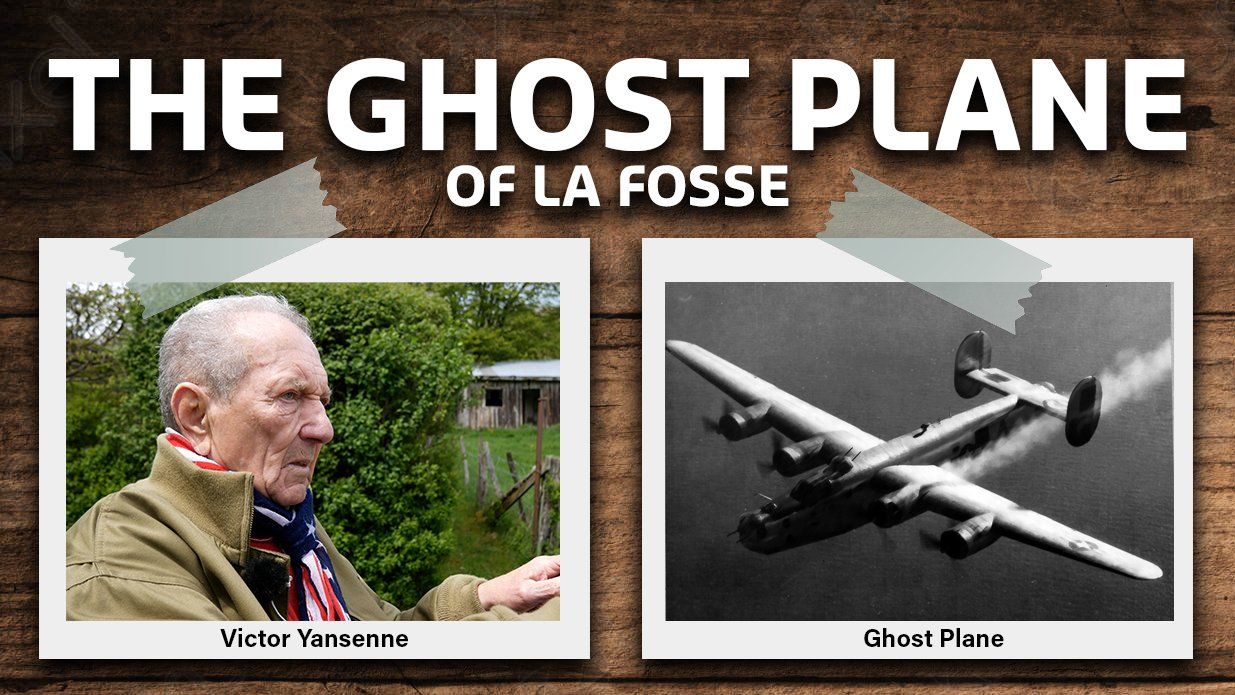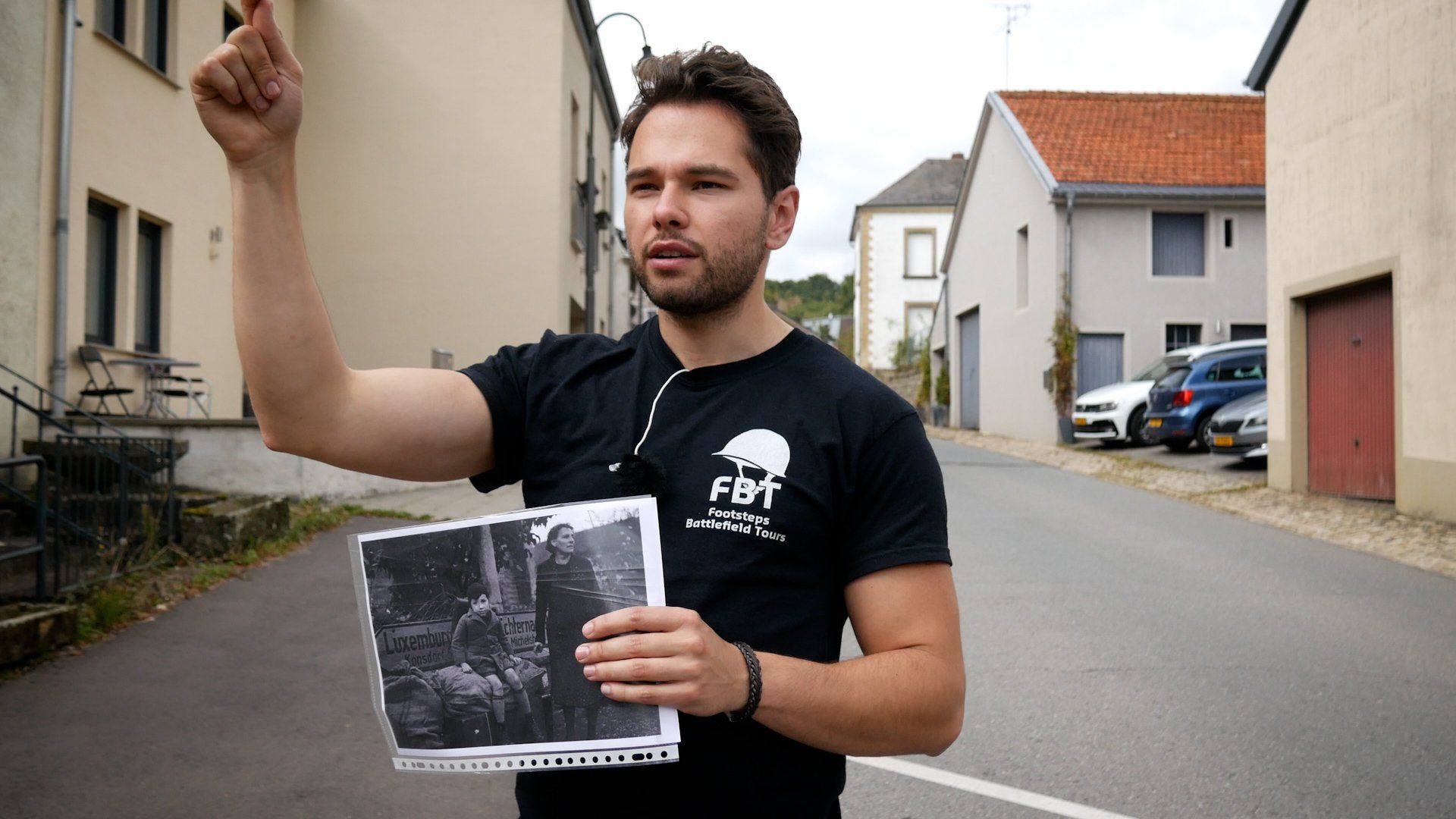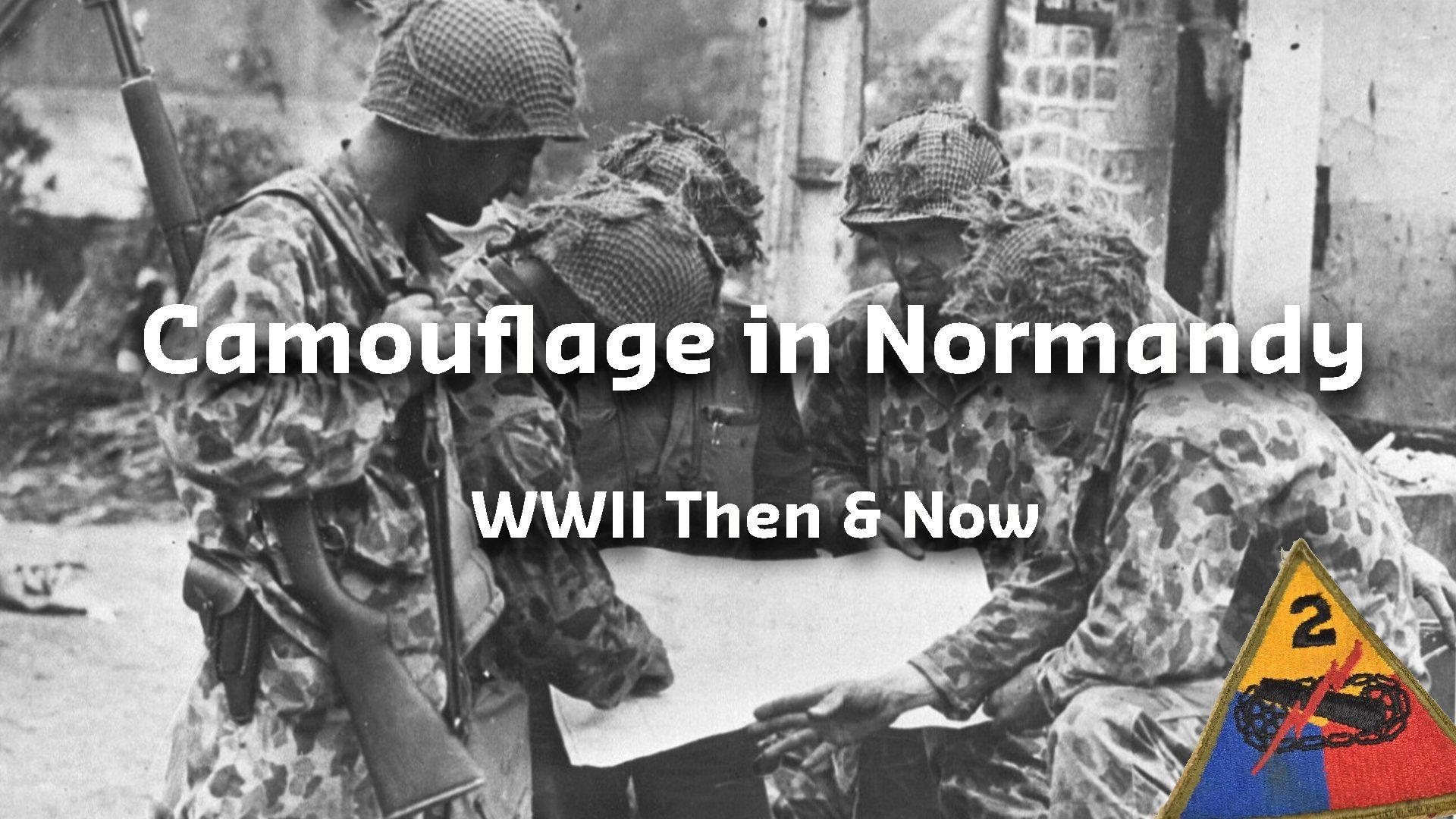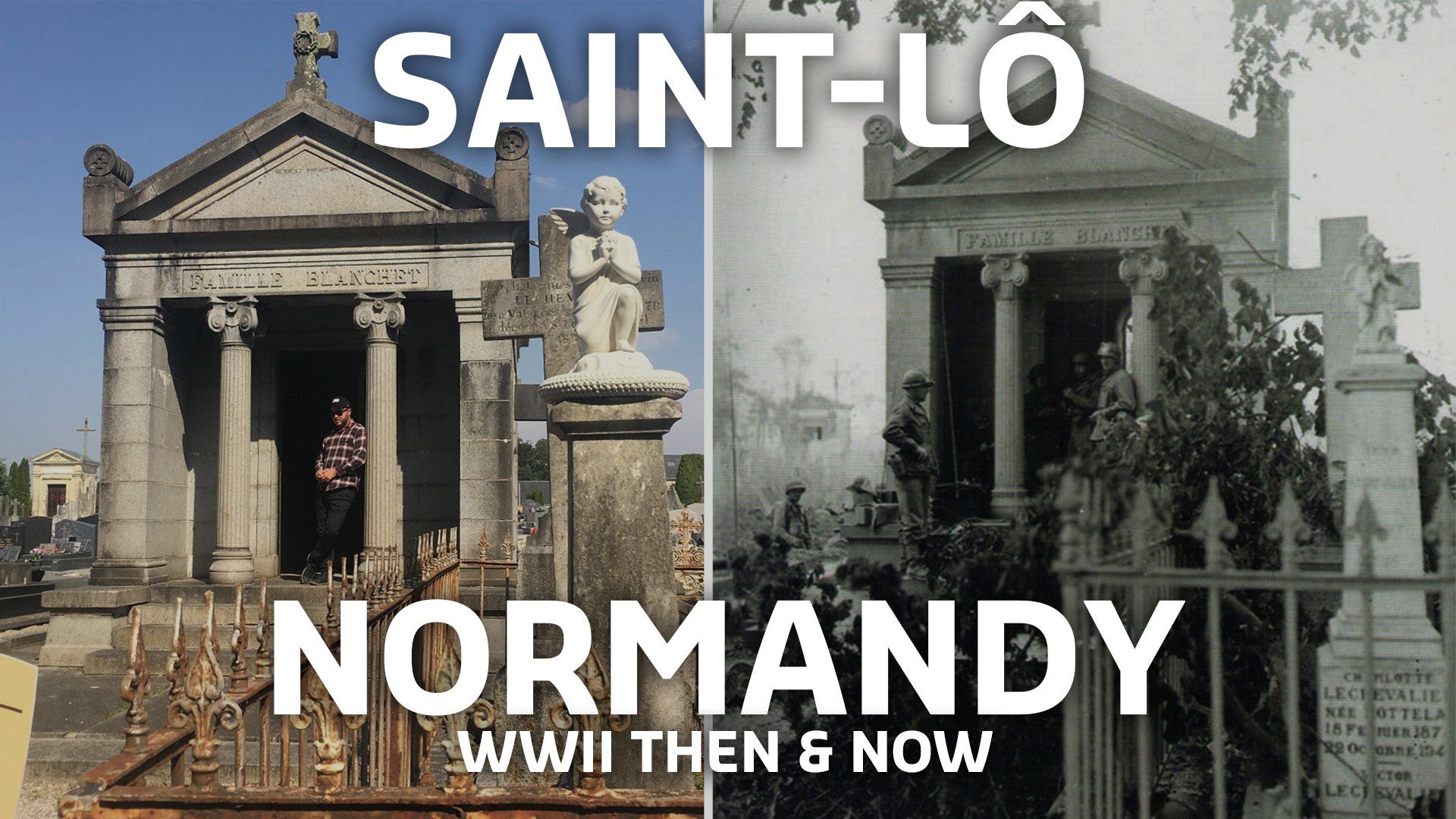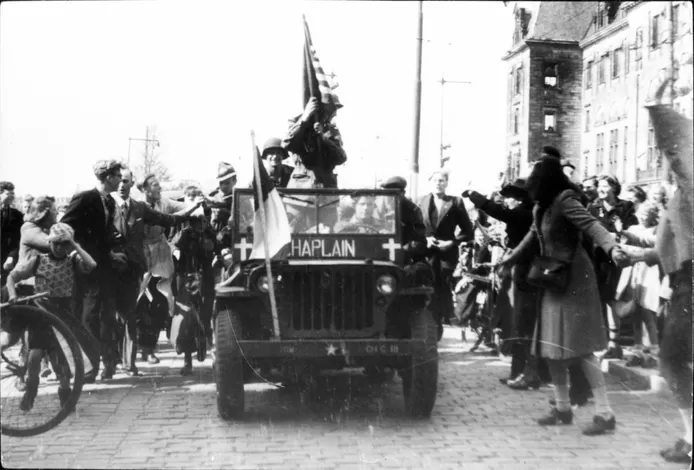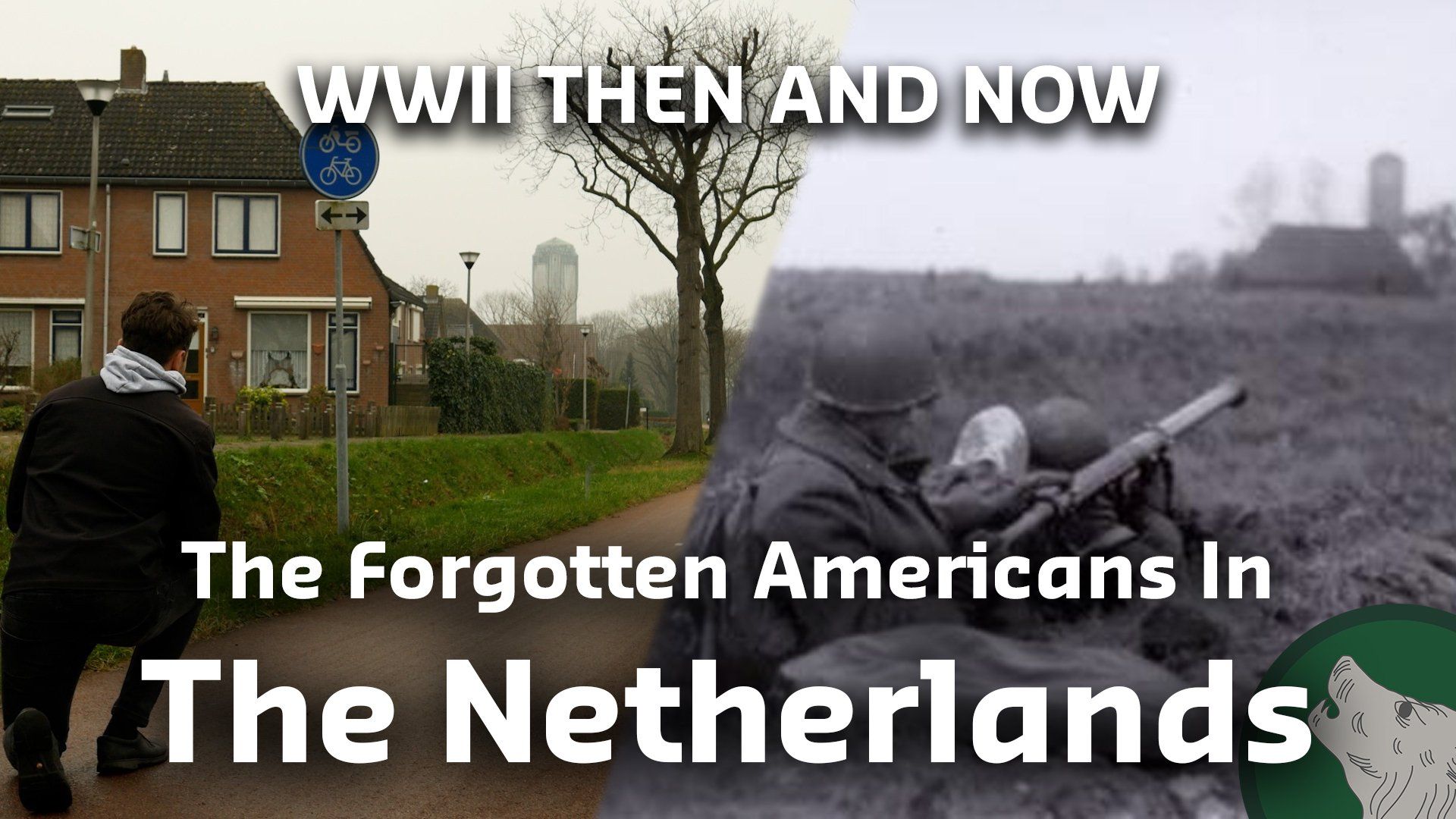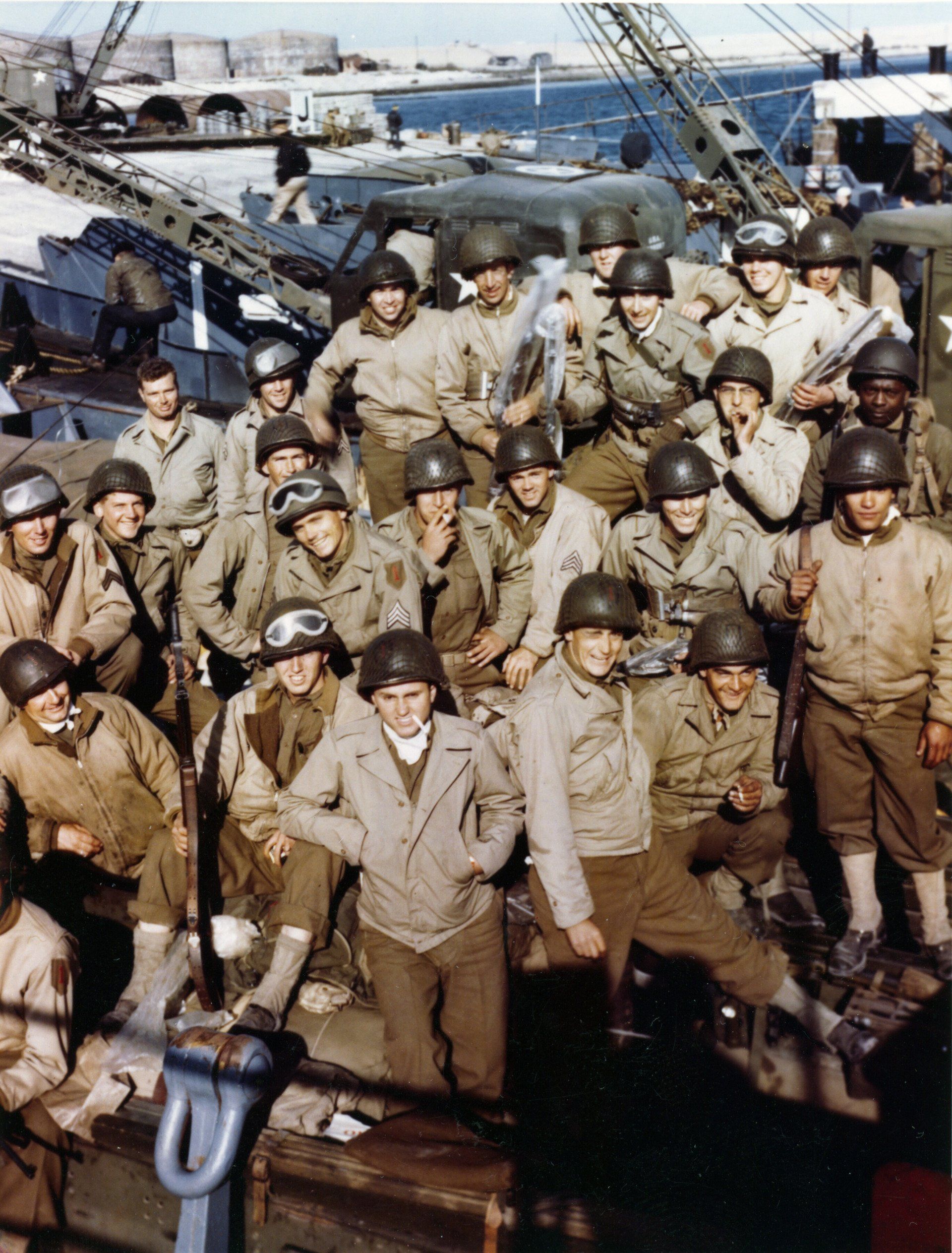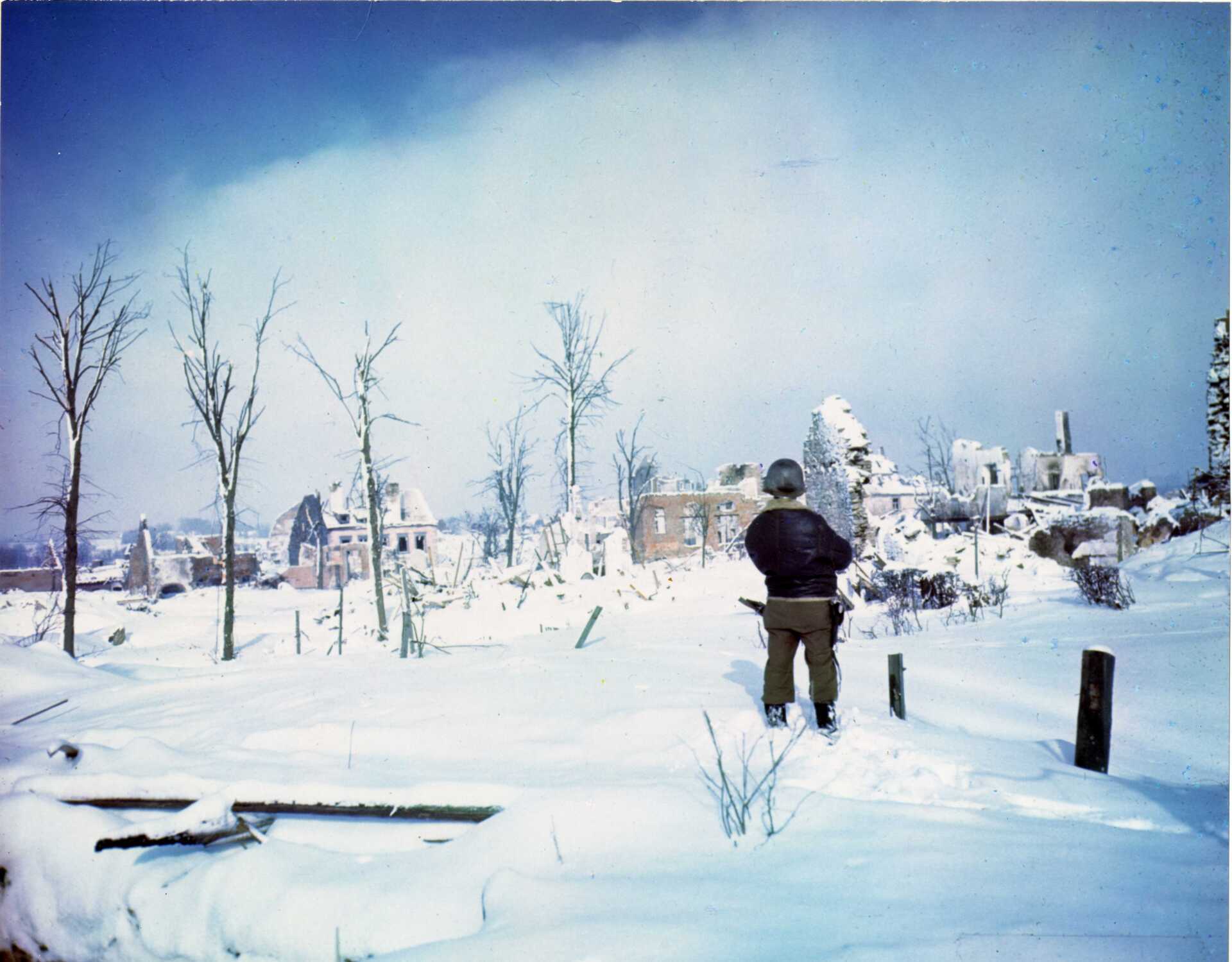Omaha Beach WWII Then & Now Photographs
The Normandy Invasion
Omaha Beach is one of the most visited WWII Battlefields in Europe. In the past 76 years Omaha Beach became a term that for many people is inseparable with the seaborne landings on D-Day June 6, 1944. On this day, Americans, British, Canadian and French forces conducted seaborne and airborne landings on the Normandy coast which marked the start of the Liberation of Europe. In total, five beaches were selected for the seaborne landings. Two of those belonged to US forces. Omaha Beach was one of the two. The Three small villages of Vierville-sur-Mer, St Laurent sur Mer and Colleville-sur-Mer lay just behind the Omaha Beach Sector. They played a major role in the Operation Overlord and especially the logistic apparatus of the US Army. All the troops that made it off Omaha Beach on and after D-Day must have passed through one of these towns. In this video we visit the sites of the 1st, 2nd and 29th Infantry Division. These Then & Now photographs are a truly fascinating and interactive way to learn about history. For as you know, a picture is worth a thousand words. By taking these Then & Now photographs we hope to form a direct link with the past as we explain the differences between 1944 and 2020. May we never forget.
A massive thanks to Florent Plana from World War II Veterans' Memories for helping to produce this video
Omaha Beach Then & Now Photographs
